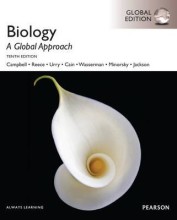Electoral systems - Majoritarian electoral systems - Majority-runoff two-round system
4 important questions on Electoral systems - Majoritarian electoral systems - Majority-runoff two-round system
A majority-runoff two-round system (TRS) is:
Strengths of the majority-runoff TRS are:
- It gives voters more choice than they enjoy in SMDP systems
- Voters have less incentive to behave strategically than they do in SDMP systems because they have two opportunities to affect the election outcome.
- It creates incentives for candidates who make it into the second round to look beyond their own electoral base and reach compromises with the leaders of parties who are already eliminated in an attempt to win over their supporters.
Weaknesses of the majority TRS are:
- It imposes significant costs on the electoral administrations and on individuals
- It produces a disproportional translation of votes into seats.
- It hurts minority representation
- Higher grades + faster learning
- Never study anything twice
- 100% sure, 100% understanding
A similar electoral system but with lower costs is the supplementary vote (SV), which is:
The question on the page originate from the summary of the following study material:
- A unique study and practice tool
- Never study anything twice again
- Get the grades you hope for
- 100% sure, 100% understanding
































